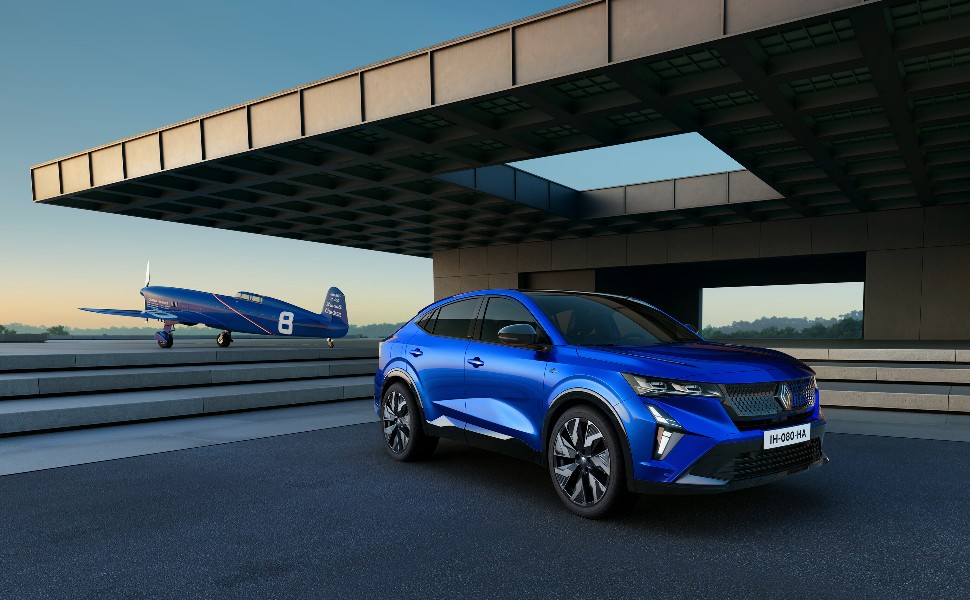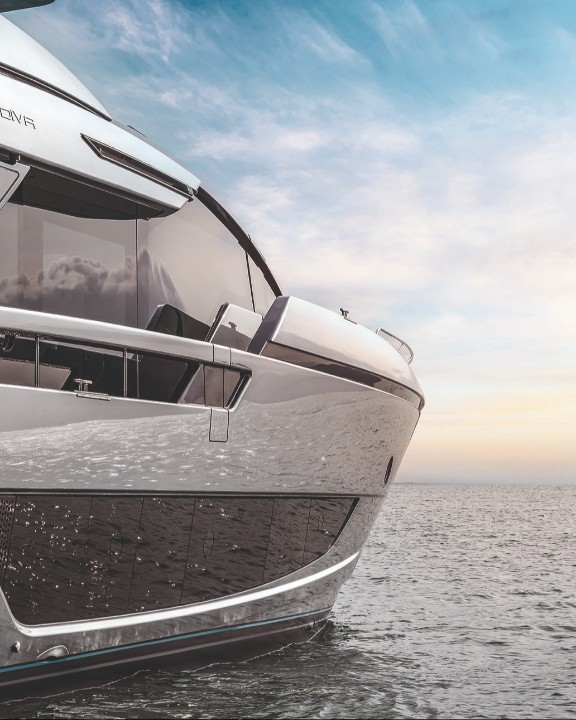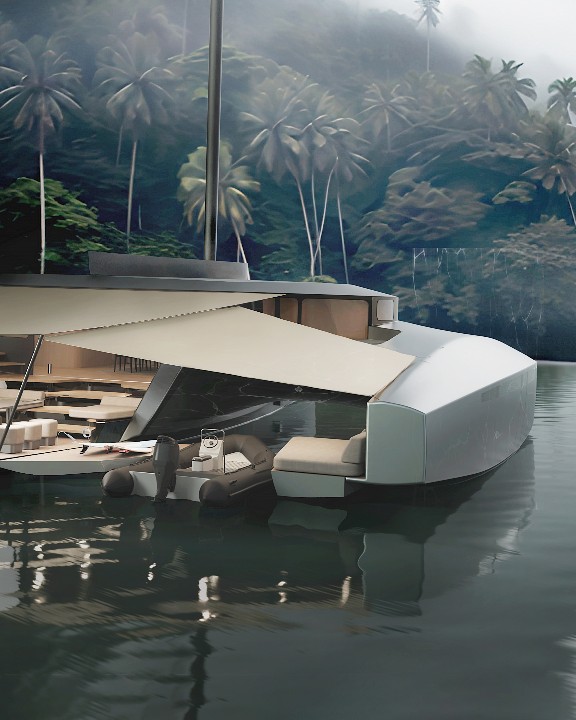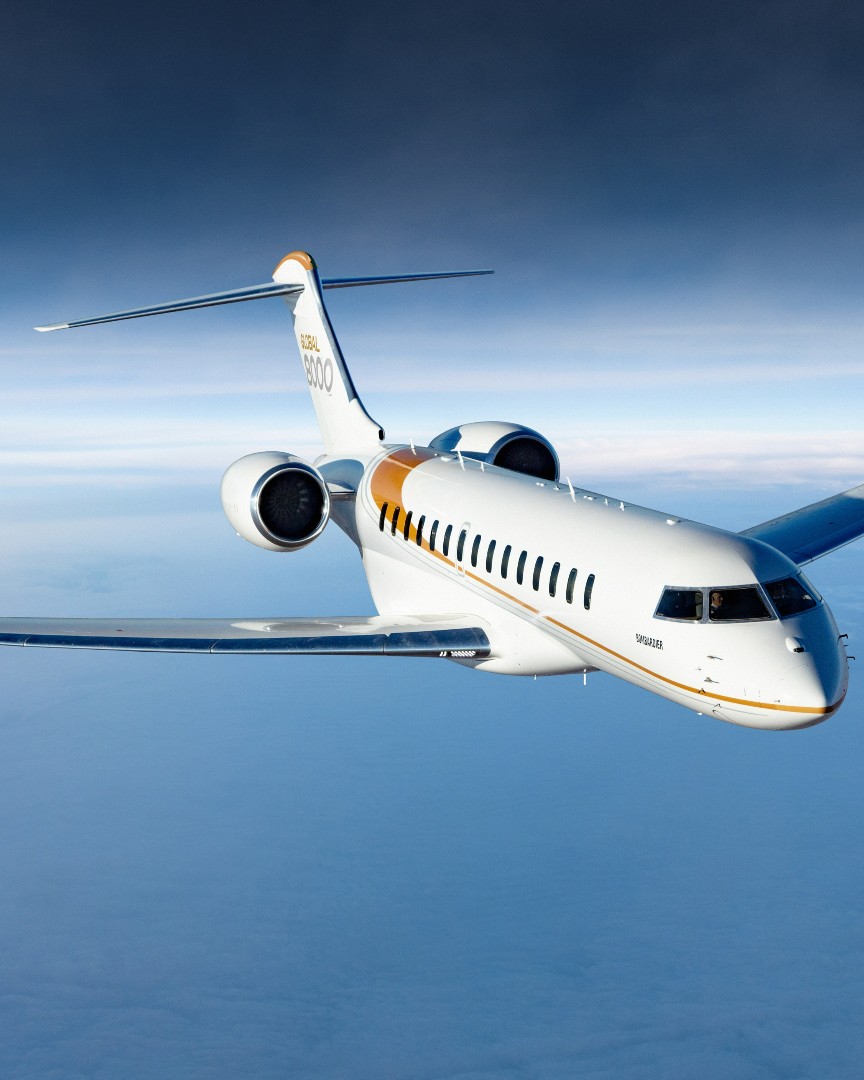 All Articles
Aeronautics
Art & Culture
Environment
Gastronomy
Motors
Real Estate
Travel
Watchmaking & Jewellery
Yachting
All Articles
Aeronautics
Art & Culture
Environment
Gastronomy
Motors
Real Estate
Travel
Watchmaking & Jewellery
Yachting
 Design
Finance
Jewellery
Watchmaking
Yachting
Design
Finance
Jewellery
Watchmaking
Yachting

Since their inception over a century ago, the automotive and aerospace industries have always been closely linked. The automotive industry has borrowed systems directly from aircraft, then developed them in series. In 1916, Germany’s BMW began by specializing in the manufacture of aircraft engines, hence its emblem representing the rotation of a propeller in the sky. In France, Renault has long built aircraft engines in Boulogne-Billancourt, one of the cradles of aviation, notably for the Farman brothers, Gabriel Voisin, Louis Breguet, and the Caudron brothers. In the UK, Rolls-Royce was born in 1904, with the union of Henry Rolls, a mechanic, and Charles Royce, an engineer. Although they started out designing cars, they went on to manufacture aircraft engines in 1914, at the outbreak of the First World War. The lucrative aeronautical business continued, even enabling the automotive division to overcome various crises. At Bentley, the wings surrounding the B in the logo are a nod to the founder’s passion for aeronautics. In Italy, Ferrari’s famous prancing horse was painted on the fuselage of the plane of a hero who died in the First World War.
Nowadays, the design, technology, and electronics of production vehicles – and not just top-of-the-range vehicles – are inspired by the aeronautics industry. For example, multifunction screens, on-board computers, night vision systems, holographic displays, and, of course, the famous GPS systems found on almost every car today. Carbon brakes and ABS systems also come from the aeronautics industry. They were developed on aircraft such as the supersonic Concorde over 40 years ago to prevent wheel lock-up on landing. ABS was first mass-produced in 1978 on a Mercedes S-Class and then on a BMW 7 Series. More recently, Dassault’s electric control systems have been developed for automotive use in “Drive by Wire,” enabling acceleration, braking, and cruise control.
A top-of-the-range vehicle can include up to a hundred ECUs, far more than the first Airbus had in the 70s. When it comes to design, digital models of cars are taken from the aeronautics industry. Created by Dassault Systèmes in the 90s, Catia computer software has now been adopted by the entire industry, including the automotive sector and the yachting industry.
Today, the architecture of vehicle dashboards and cockpits is largely inspired by aircraft, as in the case of Ferrari’s fighter-plane seats or Peugeot’s steering wheel, which is not far removed from the aircraft control column. Last but not least, the “robotization” of cars and the development of VTOL-type flying machines with electric motors augur well for new collaborations between the aeronautical and automotive worlds.
To receive our news, it’s here!








